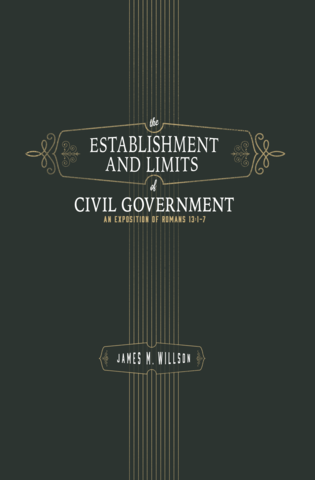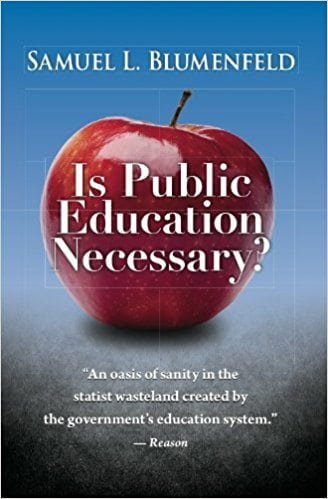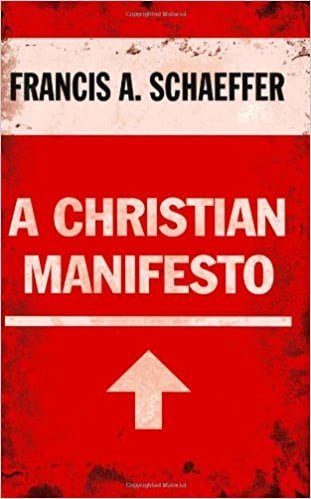Communist Manifesto
Original price was: $6.00.$4.50Current price is: $4.50.
The basic historical document by Karl Marx and Friedrich Engels setting forth the principles of communism that still haunt the world today, though not always under the name “communism.” Original manuscript was written in German in November 1847 and translated into English in 1850. It is known as “The most widely read political pamphlet in the history of the world.”
Only 1 left in stock
Description
The history of the human race has repeatedly been marked by the domination of the many by the few. At its core, control by the state or by a ruling clique claiming to personify the state has resulted in the denial of God-given rights – especially property rights.
During recent centuries, most would-be rulers who have gained favor with the people by promising them other men’s property have been called socialists. Since the middle of the 19th century and the publication of The Communist Manifesto, however, those socialists who advocate revolution and terror to speed their acquisition of power have been known as communists.
While the generic term for these forms of collectivism is “socialist,” those who admit to being communists seek power through revolutionary means, and those who call themselves socialists seek the same power through an evolutionary process.
With the publication of The Communist Manifesto, all socialists looked to Karl Marx as their ideological leader and his Manifesto as their guide. Millions more who have no idea whose program they are following have also embraced this Marxist program.
As nation after nation – certainly including the United States – plunges toward a socialistic new world order, wisdom dictates that those who would remain free should understand the strategy and tactics of those who would enslave. These are given in the Manifesto. What Karl Marx outlined in this small booklet – as a program to be implemented knowingly by socialists and communists, or unknowingly by democrats and republicans – will indeed destroy freedom and bring about the rule of many by the few.
– The John Birch Society
(2009 edition, 60pp, paperback)






Reviews
There are no reviews yet.